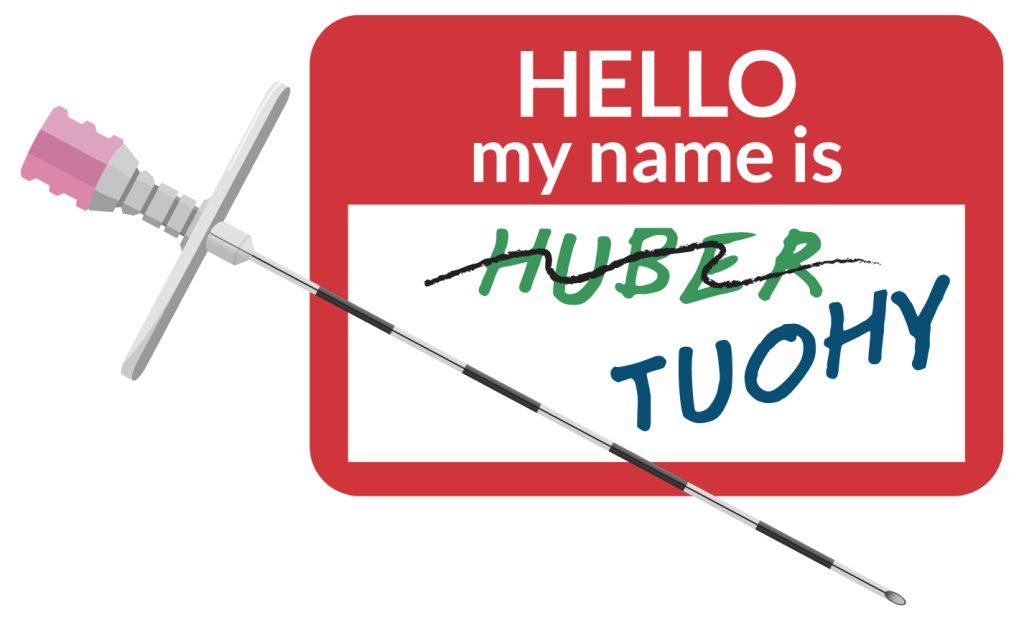The language we use daily in our personal and professional lives is peppered with many eponyms. In fact, the OR is a common place to find medical eponyms. So what are these linguistic marvels? Consider:
“I’m boycotting the Caesar salad—I spilled dressing on my cardigan and leotard when fussing with the zipper—so today I’ll have the sandwich instead.”
OK, you are unlikely to utter that sentence. But consider that of the words in this silly sentence, nearly 25% are eponyms. An eponym uses a person’s name for an action or object. It can also be something named for a defining characteristic. In the sentence above, we find the following eponyms:
- Boycotting—Captain Boycott, a prominent part of the Irish “Land War” of 1880.
- Caesar salad—Restaurateur Caesar Cardini created the salad.
- Cardigan—the 7th Earl of Cardigan, whose soldiers wore such sweaters in battle.
- Leotard—Jules Leotard was a famous performing trapeze artist.
- Zipper—B.F. Goodrich named it for the sound it makes when used.
- Sandwich—named for the Earl of Sandwich.
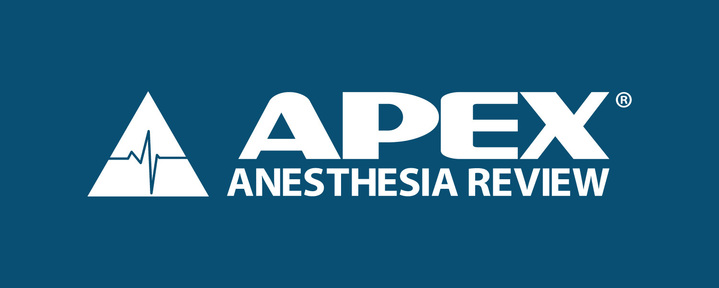
Table of Contents
- Eponyms in Medicine
- Economy and Clarity of Communication
- The Jargon of Club and Tribe Members
- Now, Back to Eponyms that are Foundational to the CRNA
- Did Darwin Have a Point?
- Eponyms in 2024
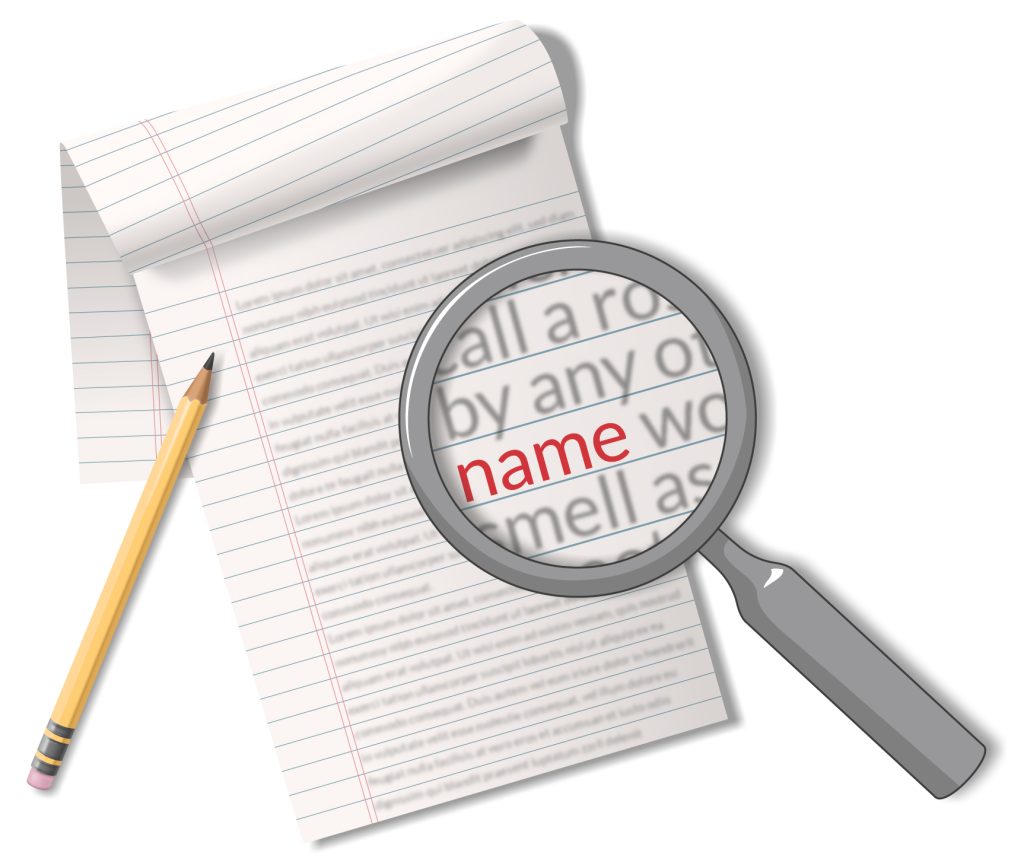
Medical eponym examples
Now let’s consider a sentence you might (well, sort of) say:
“I used the Seldinger technique on the Parkinson’s patient who was in Trendelenburg; this followed a difficult intubation with the MacIntosh given her grade 3 Mallampati.”
Five eponyms help make a complex scenario quite clear with minimal jargon.
How about this one:
After two liters of Ringer’s and an epidural via a Tuohy, she delivered a girl by Cesarean, with an Apgar of nine; the baby’s positive Babinski fascinates me.
There are five eponyms in that one as well! Eponyms are critical to our daily communications, likely far more so than you might have thought. But let’s take a few minutes to consider the eponym, what it brings to our conversations, and what it would be like without it.
Economy and clarity of communication
Consider, from one of our imagined sentences above, the eponym Babinski. When used conversationally or in writing, this comes to mind:
“Upon stimulation of the lateral plantar aspect of the foot, dorsiflexion, an upward movement of the big toe with fanning of the adjacent toes, suggests a problem in the corticospinal tract.”
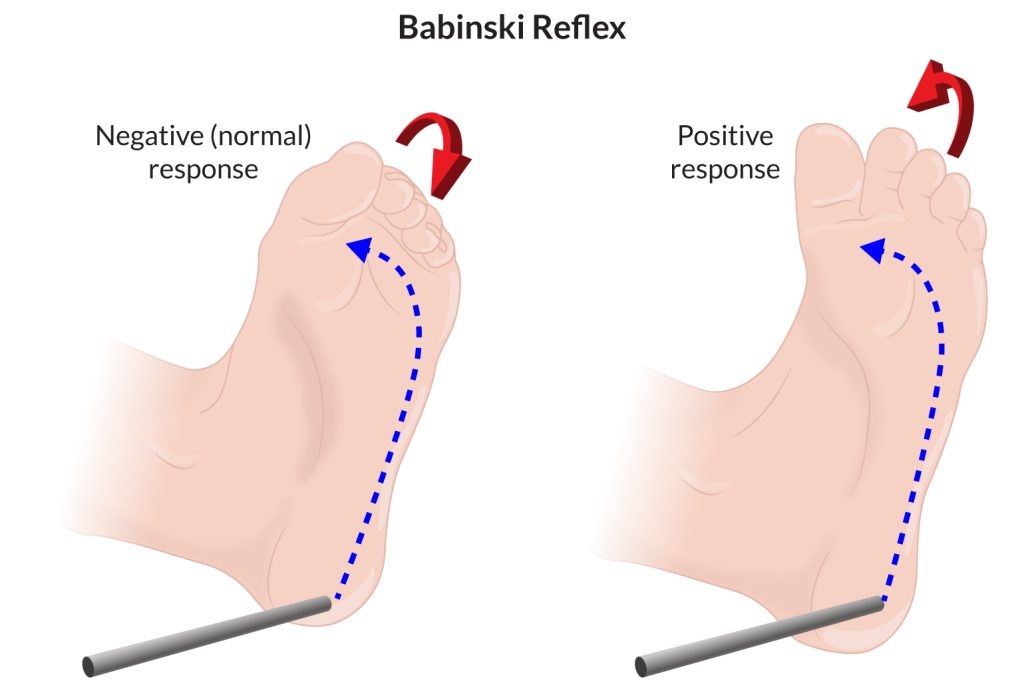
One word, Babinski, provides a proxy for a complicated and verbose description yet provides us with a lucid picture of an observable action.
Let’s try another. You are in the pre-anesthetic testing area in a big institution, and you’ve completed yet another assessment of a patient scheduled for an upcoming laparotomy. As part of that assessment, you note in the electronic medical record “Mallampati 3.”
With that eponym, you’ve communicated the following:
After sitting the patient upright, he opened his mouth and, without phonation, maximally protruded his tongue. Upon examining his upper airway, the CRNA could only visualize the tongue, soft palate, and the base of the uvula. One should be alert to the potential for difficult laryngoscopy and intubation.
In 1983, Seshagiri Mallampati wrote a letter to a leading anesthesiology journal following a challenging intubation where the patient’s tongue obstructed his view. This experience motivated him to conduct a study with 210 patients. His research investigated the correlation between the observations made while the patient was seated and awake and the observed findings during the subsequent laryngoscopic examination.
The jargon of club and tribe members
Football has a unique jargon. Consider a few of its words and phrases that capture complex scenarios succinctly: pick-six, pancake, muff, blitz, O-line, pocket, squib-kick, red zone, and hail Mary, to mention a few. Or the musician’s jargon, including oddities like gun for hire, cue, on-spec, easy clear, ID3 tags, shredding, and licks, again, just a few of the many.
If you are not part of the club, tribe, group, or profession from which such expressions emerge, you may feel lost in the woods, failing to understand what is said. Besides the sheer technicality of the language of anesthesiology and surgery, we depend on our club’s jargon, particularly its eponyms.
There is, of course, a price exacted by our prolific use of eponyms such as Yankauer, Alzheimer’s, Chron’s, Venturi, Bier, Quinke, Parkinson’s, and others. We can talk to colleagues about a case that went south because of a Bezold-Jarisch reflex. Or a patient, a professional aspirant, having Tommy John surgery (ulnar collateral ligament reconstruction with remote tendon harvesting, first performed on the so-named 1974 pro pitcher). In both, we’ve saved a lot of words!
Many eponyms transcend group barriers and are clear to most. Diesel, fuel for many trucks and some cars, is an eponym for Rudolph Diesel, inventor of the diesel engine. Nicotine emerged from Jean Nicot, who sent desiccated, powdered tobacco leaves back to France while ambassador to Portugal. Reaganomics, Stalinism, Gallup poll, and Obamacare are political eponyms. And another, the Adam’s Apple, a biblical nod to Adam, the partner of Eve.
Now, back to eponyms that are foundational to the CRNA
We’ve seen how eponyms abbreviate, economize, and clarify our conversations. Consider how these eponyms enrich our conversations with historical context. They give due credit and serve as reminders of the contributions made by these innovative thinkers, proactive doers, and visionary pioneers. They transform something complex and multidimensional into a tidy, easily conveyed “package,” the resulting eponym, all the while giving credit where credit is due.
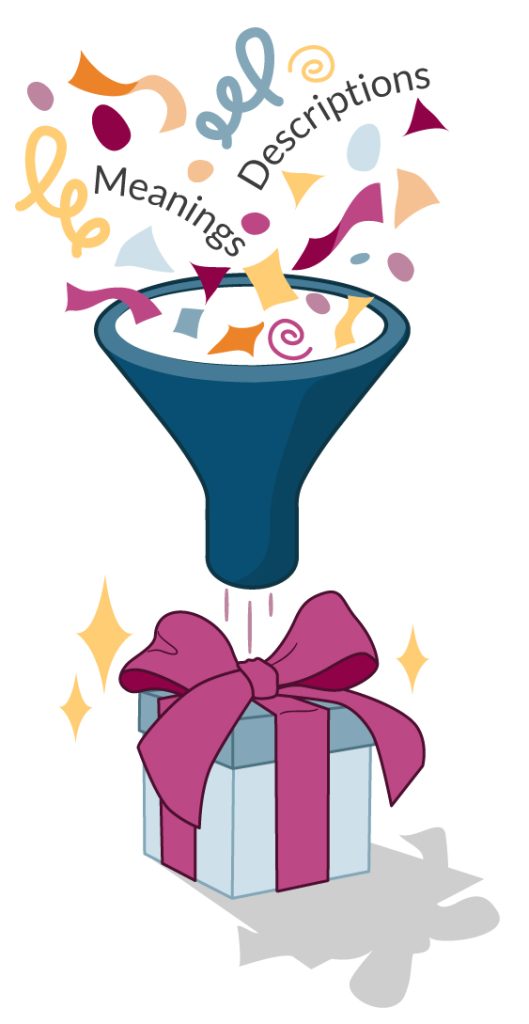
One of your APEX crew is intrigued by Charles Darwin. The serendipity that led him to be the naturalist on the HMS Beagle is an intriguing story. Still, his agoraphobia, incurable sea-sickness, and an obsessive fondness for his first cousin, whom he married, make great sidebars to his life. His wandering life at sea conflicted with these same characteristics! He was a geologist, not a biologist, yet morphed into the latter as he pondered what he observed on his expeditions.
But from his numerous writings and formal correspondences, we learned of his utter disdain for eponyms! He considered them attributes that defined one as being lazy, self-serving, and even anti-science. He proposed that eponyms squelched discovery, led to uncritical acceptance of faulty hypotheses, and endangered scientific advancement!
Did Darwin have a point?
Despite being one of science’s great thinkers, Darwin may have been too critical. Then again, let’s examine a couple of ‘downsides’ to our use—overuse?—of eponyms.
Ponder another of our ‘great thinkers,’ the eminent neurosurgeon Harvey Cushing. He may hold the record for most attributable eponyms! Consider Cushing’s disease, Cushing’s syndrome, Cushing clip, Cushing forceps, Cushing ventricular cannula, Cushing triad… we will stop there, although there are more!
One problem with eponyms is that studies have revealed that multiple terms that sound alike—akin to ‘look-alike’ drugs—can lead to issues in the healthcare sector. We came across a disturbing survey of medical records where healthcare professionals incorrectly diagnosed and assigned patients ‘soundalike’ eponyms. Even within the ‘club’ or ‘tribe’ itself, there might be confusion. You might ask or write an order for a “Venturi mask” to be applied to your postop patient, but that may assume the handoff person knows what that is. Asking them to use an air-entrainment mask at 4 L/min is more descriptive and even describes how it works.
Eponyms can sometimes be incorrect or have somehow, not necessarily nefariously, credited to the wrong person. While certain scientific discoveries are now known to be misattributed, let’s look at two in our specialty. The Jackson laryngoscope (oops, there is NO Jackson laryngoscope!!) and the Tuohy epidural needle are both incorrect eponyms.
Chevalier Jackson, widely considered the father/inventor of endoscopy, was renowned for retrieving objects inadvertently swallowed or inhaled, well over 2000 of them in a 50-year career. He crafted the first light-tipped laryngoscope, yet there are no Jackson laryngoscopes in your practice, rather ones branded eponymously as Miller or MacIntosh. It’s unclear how this happened.
What we call the Tuohy epidural needle, an elegantly designed device, was the innovation of R Huber, not E Tuohy. How this transpired still needs to be determined. Still, the result is that Huber likely never crosses your mind, while the eponym Tuohy remains immutable in your professional vocabulary.
Eponyms in 2024
A few medical eponyms may be suffering through a contemporary lens because their namesakes had personal dealings that today merit reconsideration. Consider the disease once referred to as Wegener’s granulomatosis, a fatal condition if not diagnosed early. Wegener’s connection to Nazism was indisputable, and we no longer use this eponym today. The disease is now referred to as granulomatosis with polyangiitis.
To give you an idea of the pervasive social concerns of what’s in a name, think of Anophthalmus hitleri, an amber-colored beetle found in damp, dark caves in Slovenia. Named for Hitler in 1937 by an Austrian zoologist, the insensitive name is the focus of an ongoing vigorous debate urging for a change. Just as some professional and collegiate teams, military bases, and even schools have been rebranded for one reason or another, we may lose or abandon other eponyms we currently use. Time will tell.
New eponyms related to our specialty may be evolving as you read this! The bottom line is that eponyms like Swan, Foley, Bovie, Magill, Valsalva, and others will likely endure, remaining part of our professional communications. There is, indeed, likely a lot in those names.
As CRNAs ourselves, we understand the challenge of fitting CRNA continuing education credits into your busy schedule. When you’re ready, we’re here to help.







